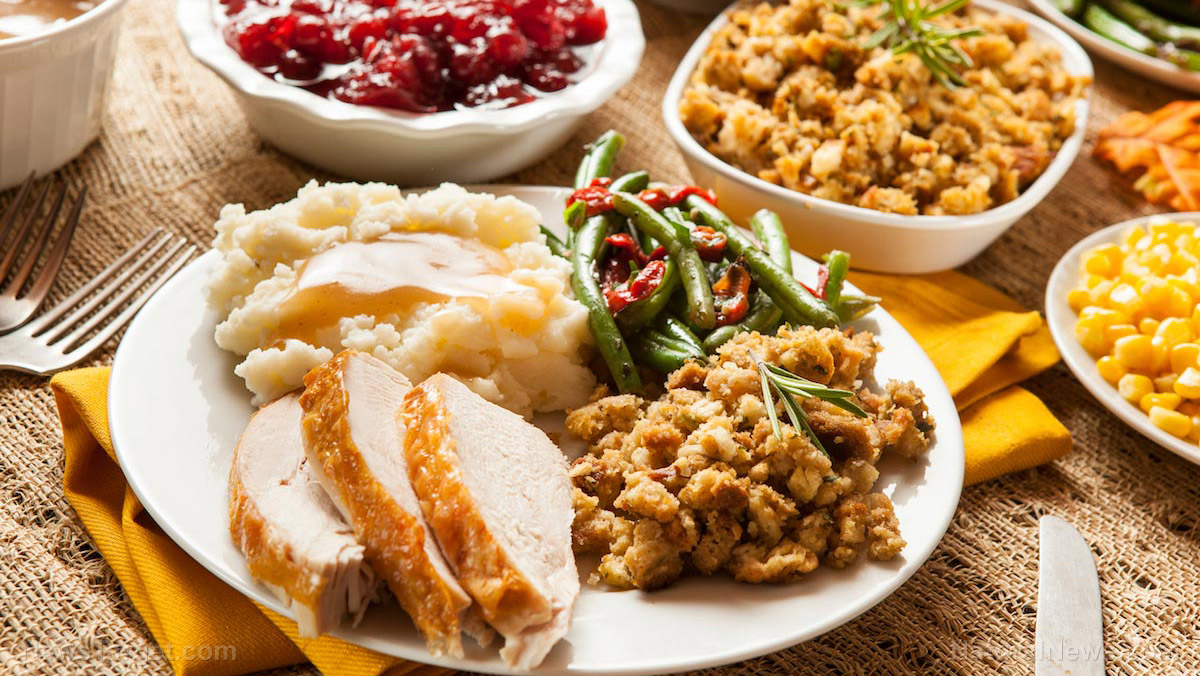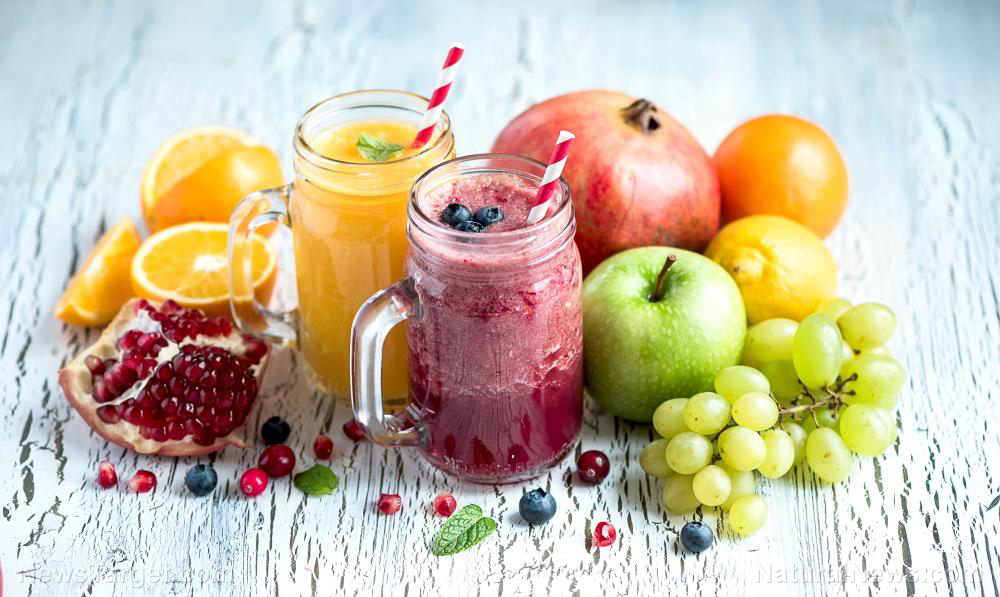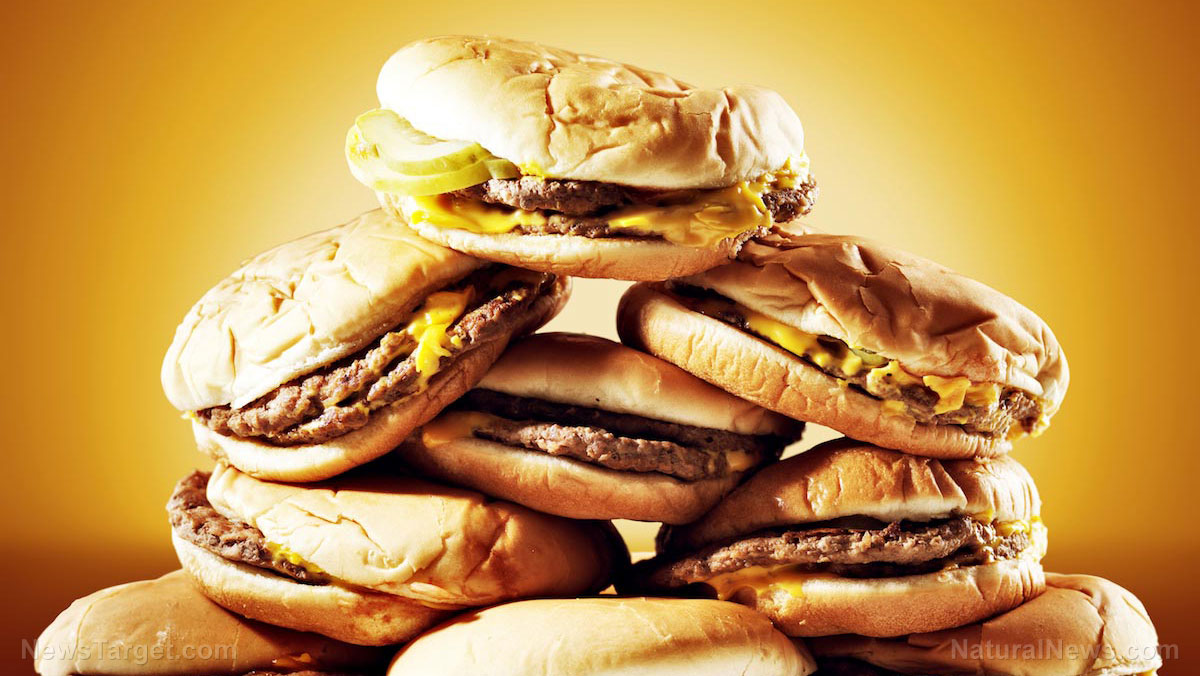
So what's a person who's trying to keep the weight off supposed to do? If you're like most people, you'll stick to a diet that basically requires you to eat more or less the same thing pretty much every day. However, that's not just a bland alternative -- it makes you prone to malnutrition, according to a study from the Brown School at Washington University in St. Louis.
The paper concludes that the types of food that our ancestors ate were "more diverse and nutrient dense", compared to what we're eating now, which is made up of monotonous diets of staple cereals and highly processed food. Researchers point out that this has resulted in poor-quality diets which have led to reported cases of undernourishment. Moreover, scientists indicate that one out of five deaths around the world is linked to having a poor diet.
One of the factors noted in the study is the divergence between modern diets and genomes over time. Currently, the food that we eat is not aligned with our evolutionary diet -- highly processed food made from whole foods that contain oils, flours, and sugars -- and can be a primary cause for malnutrition around the world.
How to start a healthy and balanced diet
Eating a balanced and diverse meal is one of the ways to combat malnutrition, according to the World Health Organization (WHO). When a person eats a balanced diet, the benefits that he reaps from this diet goes a long way -- from a reduced likelihood of being overweight to staving off non-communicable diseases in his later years. (Related: 10 Healing Foods to Include in the Diet.)
However, experts still say that a balanced diet should be coupled with appropriate physical activity. This ensures that the food you consume will be converted into an energy source. Moreover, free sugars (commonly known as added sugars) should be limited to no more than five percent of a person's total energy intake. Salt should also be reduced in your diet. Limiting your salt intake to less than five grams a day cuts the risk of developing hypertension and stroke in adults.
What makes up a healthy diet may vary depending on individual needs like your age and lifestyle, cultural context, and local availability of food. Still, experts agree that the basic principles are the same. For adults, a healthy diet contains the following:
- Fruits, vegetables, legumes (such as lentils and beans), nuts, and unprocessed whole grains
- At least five portions (400 grams) of fruits and vegetables a day. (Potatoes and other starchy roots are not part of this requirement.)
- Less than five percent of total energy intake (calories) from free sugars (added sugars). Natural options for free sugars are honey and syrups.
- Less than 30 percent of total energy intake from fats. (Go for unsaturated fats which are naturally found in fish, avocado, sunflower, canola, and olive oils, rather than saturated fats that are found in fatty meat, butter, palm, and coconut oil. Industrial trans fats that are found in processed food, fast food, and snacks are, obviously, not part of a healthy diet.)
- Less than five grams of salt (use iodized salt)
While this may seem daunting at first, making a healthy diet part of your lifestyle is easy as making small adjustments to your daily routine. Improve your fruit and vegetable consumption not just by including it in your meal, but by making it a part of your snacks. Expand your choices and eat fruits and vegetables that are in season.
You can reduce your fat intake by changing how you cook -- buying lean meat and leave out the fat when you cook, using vegetable oils, and choosing other cooking methods than frying will help you follow through on your diet.
To reduce salt and sugar, dropping processed foods from your list the next time you go to the grocery is already doing a lot to cut back on the two. Read the labels to check how much salt and sugar is there in the food you buy.
For more stories on proper diets and the steps towards gaining proper nutrition, visit Superfoods.news.
Sources include:
Please contact us for more information.























